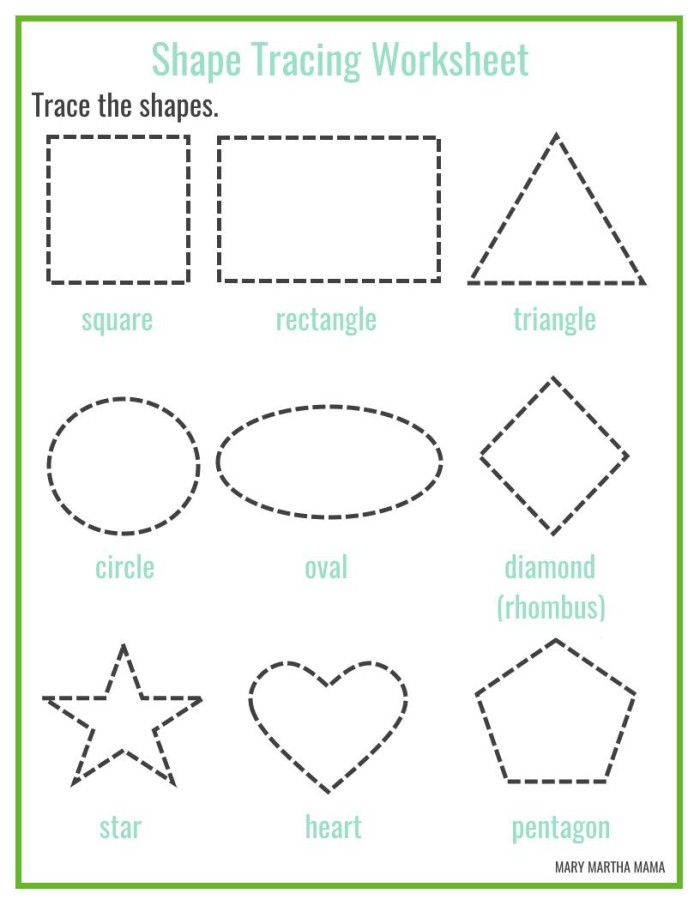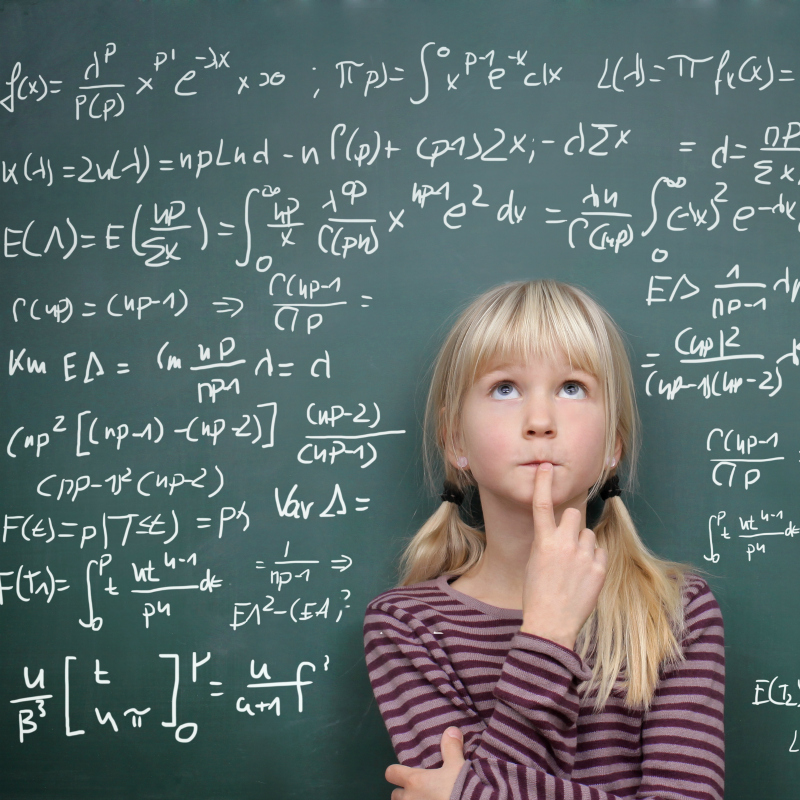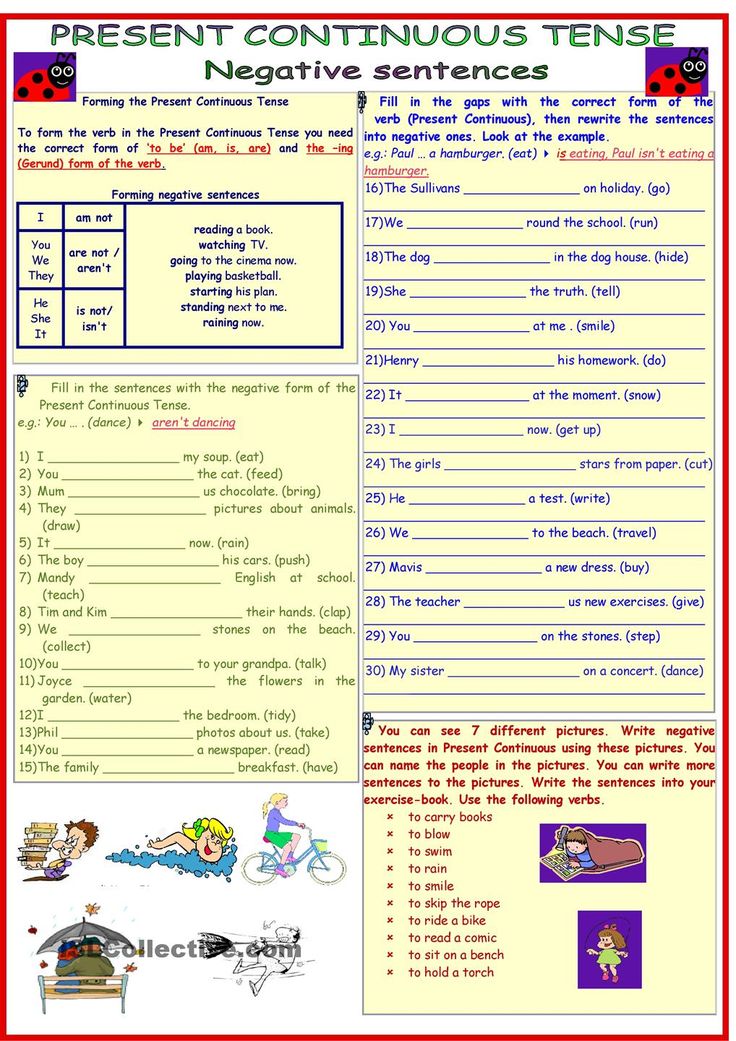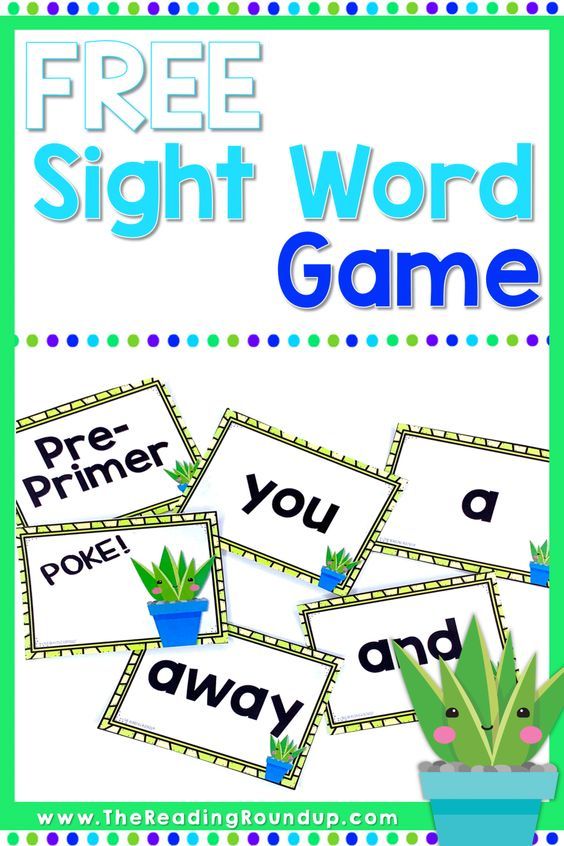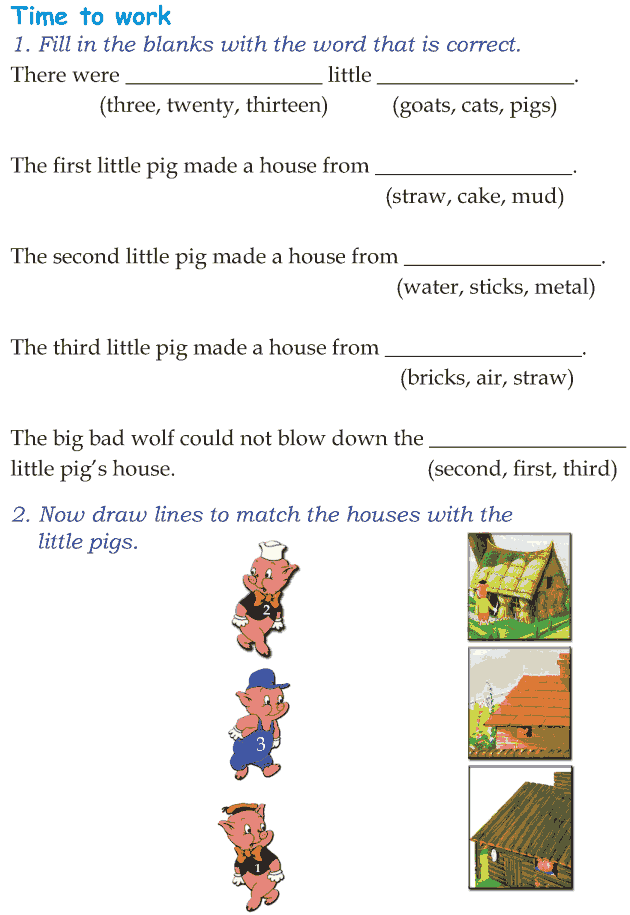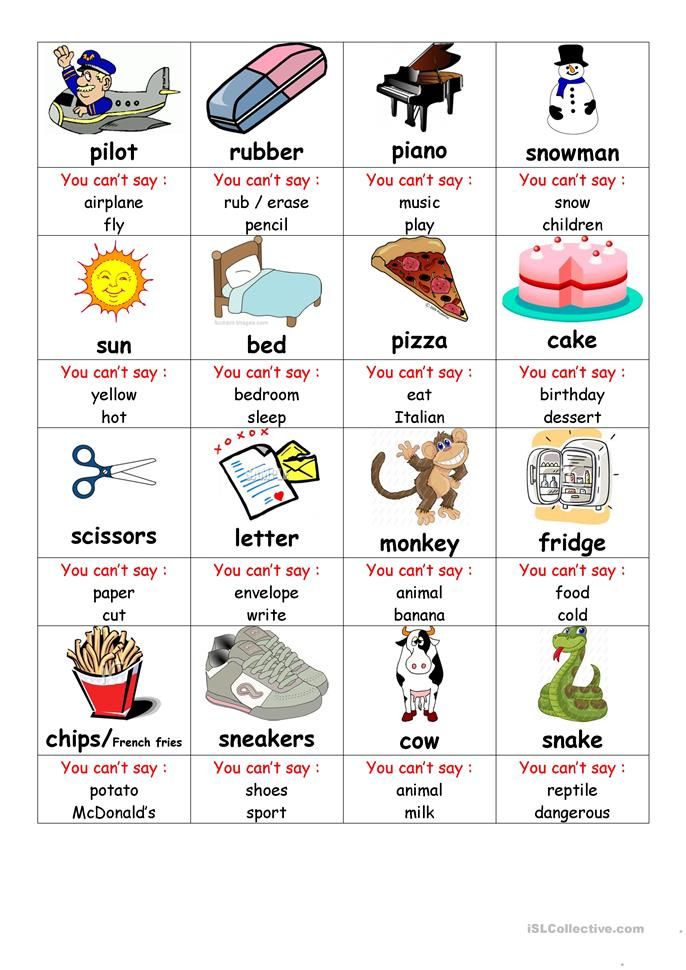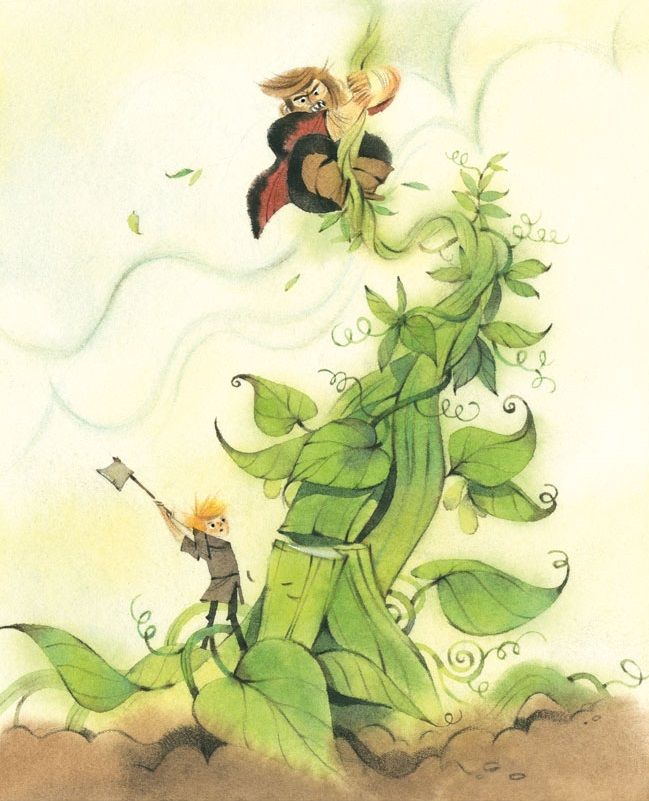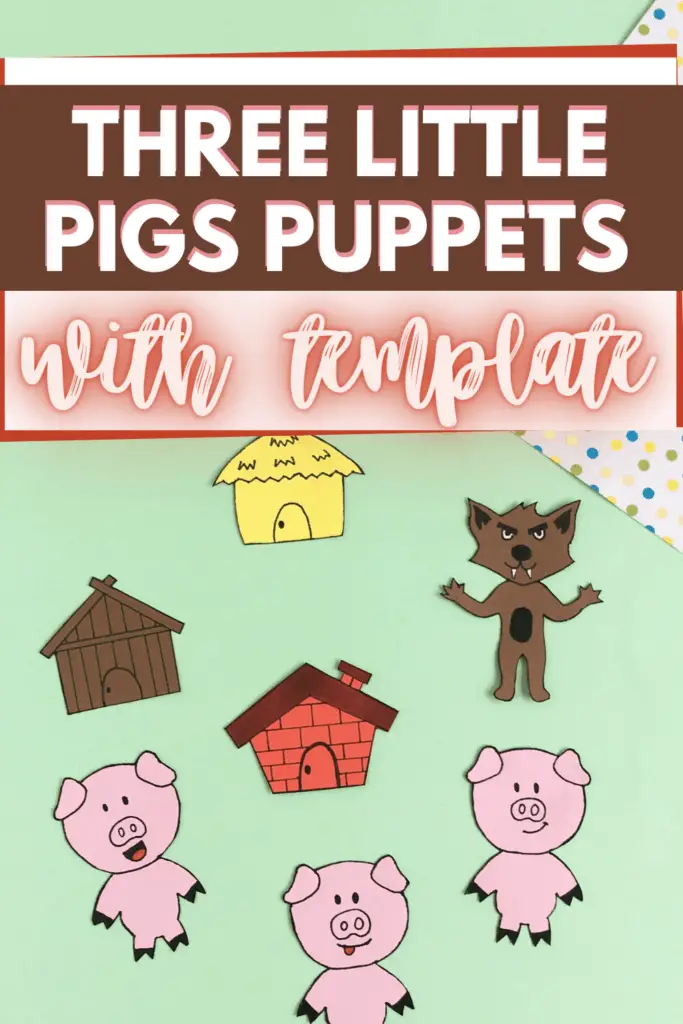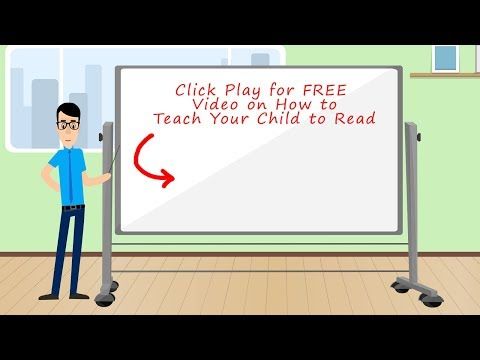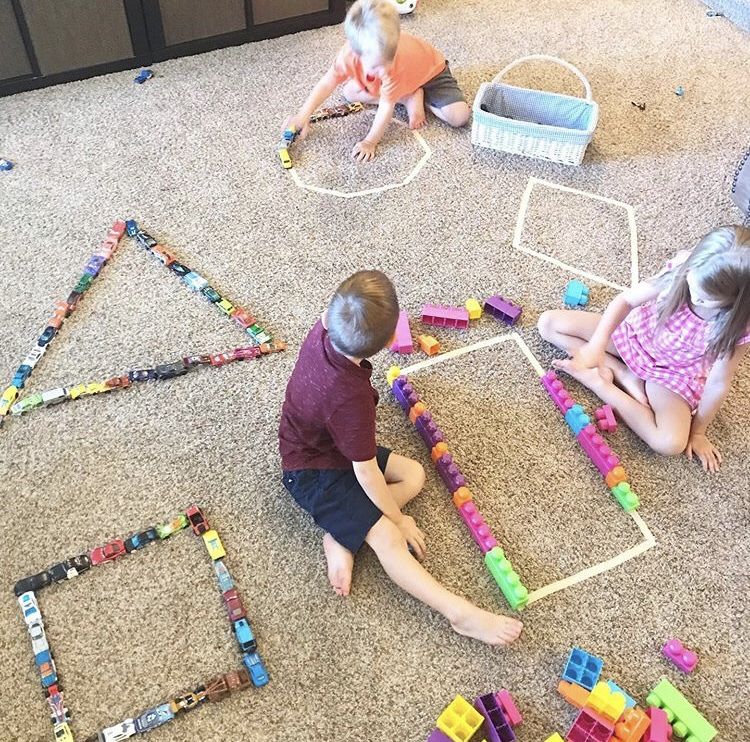Square activities for toddlers
15 Activities for Teaching Squares to Toddlers and Preschoolers
You are here: Home / preschool / 15 Activities for Teaching Squares to Toddlers and Preschoolers
by Rachel Cooper
Inside: These 15 square activities are great for toddlers who are learning their shapes. Excellent at home and in the preschool classroom!
As the school year progresses, we have moved on from teaching our toddlers circles to teaching them squares.
This is where we begin to incorporate counting with our shapes, because we count 4 sides to make sure it’s a square.
Like the circle, squares are everywhere in their everyday lives, so it becomes exciting for them to be able to recognize them.
These 15 activities help toddlers learn about this 4-sided shape at home and in the classroom.
👉 Grab your free squares printable packet towards the bottom of this post!
15 Activities for Teaching Squares to Toddlers and Preschoolers
- Stamping Squares – Grab your blocks for this fun square painting activity.
- Dot Marker Squares – Use do-a-dot markers to practice tracing the outline of a square. (My Life of Travels and Adventures)
- Square Stamping – Stamp geometric cube blocks with paint to create square art. (No Time for Flash Cards)
- Painting Squares – Preschoolers will practice painting each square with different colors to create an artistic masterpiece. (Teach Preschool)
- Square Snacks – For a fun way to learn about squares, have a snack time that consists completely of square shaped snacks. (Mrs Plemon’s Kindergarten)
- Shape Collage – Toddlers will practice their gluing skills by collaging tissue paper squares onto their paper. (Mess for Less)
- Square Sensory Bin – Create a sensory bin consisting of only square objects for preschoolers to explore. (Everyday Chaos and Calm)
- Geoboard Shapes – Practice fine motor skills by creating squares on a geoboard. (Gift of Curiosity)
- Color Sorting – Sort squares onto the tray by color for a color recognition activity.
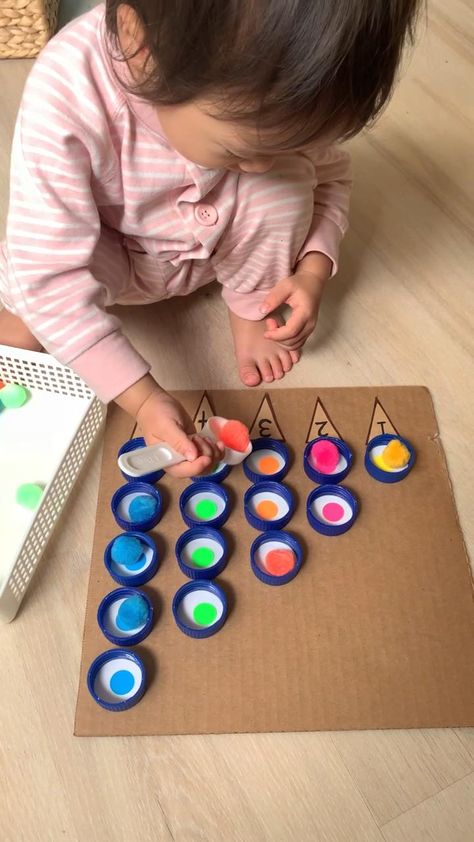 (The Activity Mom)
(The Activity Mom) - Contact Paper Shape Art – Use square pieces of contact paper to paint over and remove to reveal square shapes on the canvas. (Mess for Less)
- Trace and Color – Toddlers will practice tracing the lines of a square and coloring in with this square printable. (Worksheet Fun)
- Cutting Squares – Preschoolers will practice their scissor skills by cutting out the square from this free printable. (SupplyMe)
- Square Monsters – Create cute shape monsters using googley eyes, pompoms, and other materials. (Creative Family Fun)
- Playdough Mat – Toddlers will practice tracing the shape of a square with playdough using these free shape mats. (Free Homeschool Deals)
- Square Name Spelling – Practice literacy skills by spelling out toddler names or other words using square letters. (PBS)
FREE squares printable packet – 5 pages of printables to reinforce the shape of the square:
More shape activities:
Teaching Circles to Toddlers and Preschoolers
Toddler Shapes Art Activity
Setting Up the Classroom: Shapes and Colors Theme
Shapes Fine Motor Activities
Now available: Shapes fine motor activities pack.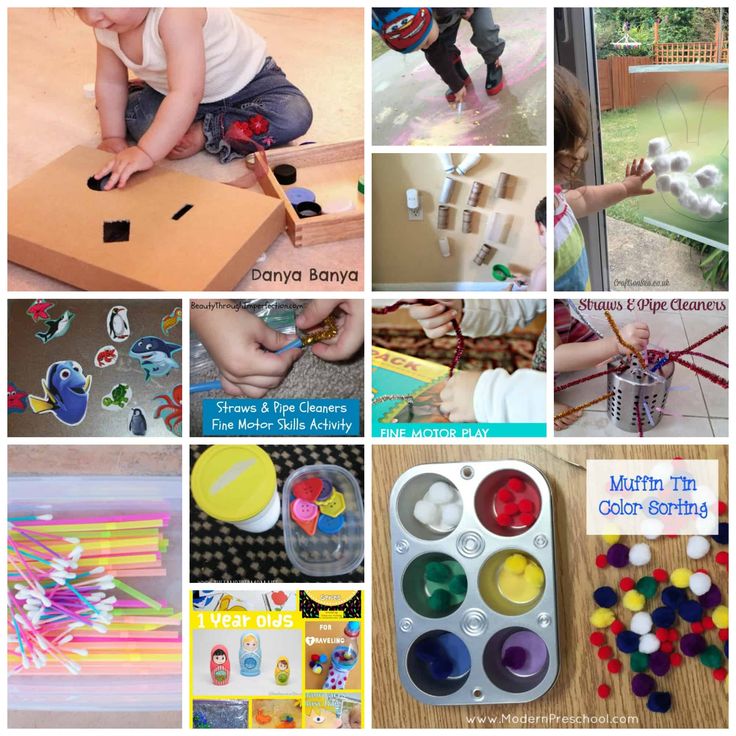 Fun activities that work on building fine motor skills all with a shapes theme!
Fun activities that work on building fine motor skills all with a shapes theme!
Prep once and use over and over again.
Contents
•Shapes Roll and Color – Dice and Printable
•Shape Cotton Swab Painting – 2 Options
•Shape Manipulative Printables – 9 Shapes
•Shape Tracing Cards – 16 Cards
•Shape Dot Marker Printables – 15 Options
•Shape Craft Sticks Task Cards – 8 Options
•Shape Play Dough Mats – 13 Options
58 Total Pages
Click Here for Download Information
FREE CIRCLE TIME PLANNER!
Get your FREE circle time planner as a gift when you subscribe to my free weekly newsletters.
Here is my Privacy Policy
Filed Under: preschool, Shapes, Toddlers Tagged With: printables, shapes, squares, toddler
Reader Interactions
7 Fun Activities For Introducing Square Shape To Preschoolers
Teaching young children new things and watching their eyes light up can be utterly delightful.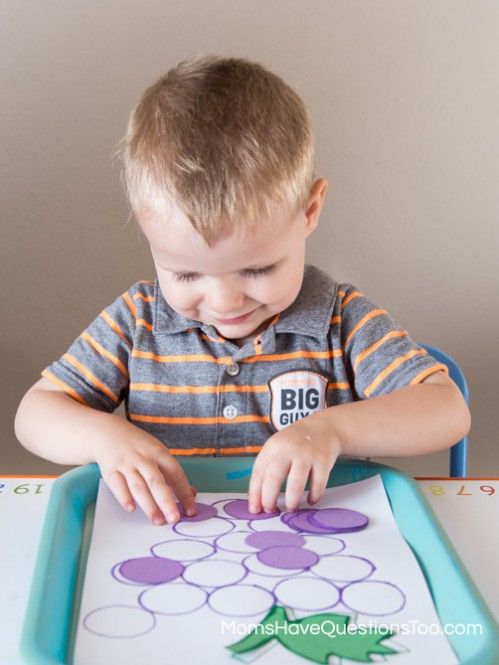 Introducing little learners to shapes can be quite tricky, given the fact that there are so many of them. Spatial recognition of different shapes forms an integral part of mental development.
Introducing little learners to shapes can be quite tricky, given the fact that there are so many of them. Spatial recognition of different shapes forms an integral part of mental development.
One of the most fundamental shapes is the square. But do you often contemplate how to teach these young minds about the square shape? Well, several innovative methods are used, which you can use to teach your preschooler to identify the square shape and distinguish it from others.
Just like we covered the various activities for other shapes like triangles, in this post, we will dig deeper and look into one such method, which is introducing the square shape through various fun-filled activities.
Activities for teaching square shape to little learners1. Pop stick BuildersEmploying handy manipulatives is often a great activity idea to teach little ones. Being relatively harmless, pop sticks or earbuds can be a great take-in. To start this activity, hand over the kids with some pop sticks each.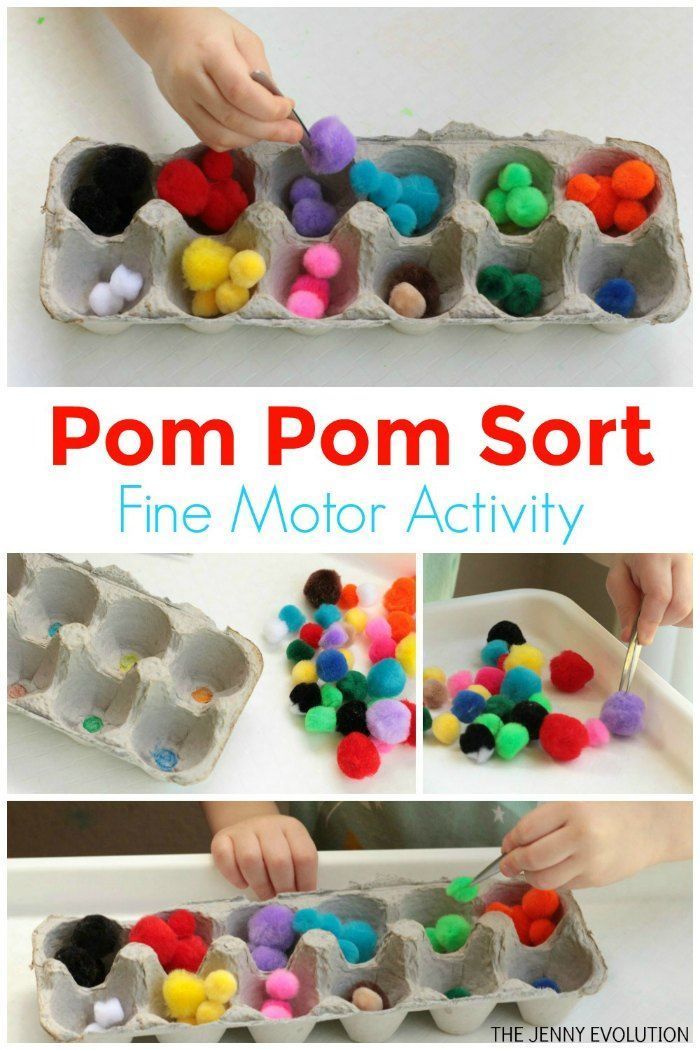 Show them various objects which are square-shaped to let them retain what the shape is. Now, ask them to construct a square using the pop sticks offered to them. Wait for some time to comprehend if they could build one. You can later assist them to make a square to demonstrate. This activity makes them realize that a square always has equal sides subconsciously.
Show them various objects which are square-shaped to let them retain what the shape is. Now, ask them to construct a square using the pop sticks offered to them. Wait for some time to comprehend if they could build one. You can later assist them to make a square to demonstrate. This activity makes them realize that a square always has equal sides subconsciously.
Kids often love to play spot the difference game. Implementing this strategy in an activity can make it engaging. Square Espy needs the instructor to produce a picture that has squares easily recognizable. For instance, a picture of a building with four square windows and a couple of square balloons on it. The teacher may show it to students and ask them to find out and count the number of squares in that picture. This activity amplifies the ability to recognize squares in little ones in real life effortlessly.
3. Square RhymesRhymes have always been one of the best sources for kids to grasp entities around them. The same is the case with squares too. Here is a Rhyme for instance:
The same is the case with squares too. Here is a Rhyme for instance:
From a sandwich to the window glass,
This is the shape having four sides is what I’m taught in class.
Four corners, equal sides, and in between, a whole lot of space,
Is what brings a square in place!
Apart from giving a sense of amusement, kids retain various attributes of a square. From the above rhyme, they can effortlessly recall that a square has four equal sides and four corners.
4. Squaring outTraditionally, whenever students need to mark answers among various options, they circle out their choice. Fascinatingly, the teacher can ask them to square out the answer instead. Say, the instructor needs to conduct a test, they can give out worksheets and ask the students to mark out answers in squares. To motivate them further, additional marks for correctly marked squares can be offered.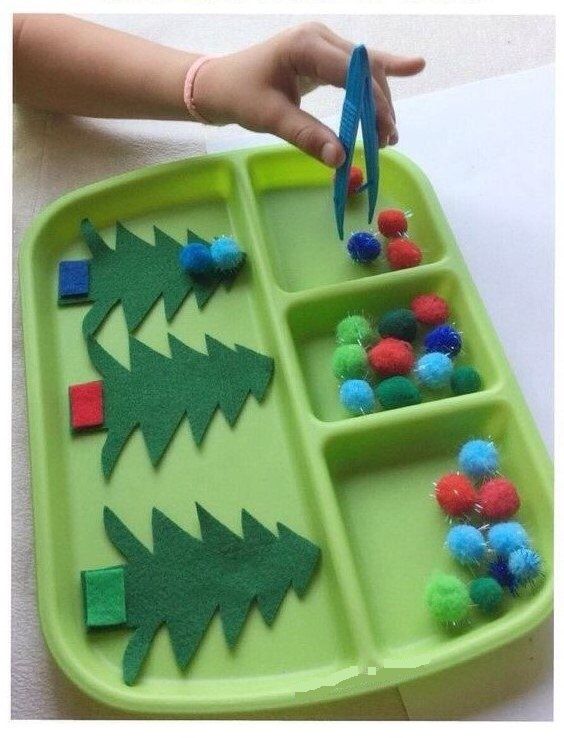 This activity lets them retain what they have learned about squares. Moreover, this strategy can be applied at any time and in any activity.
This activity lets them retain what they have learned about squares. Moreover, this strategy can be applied at any time and in any activity.
To start with, the teacher would need at least three boxes and a set of balls. Three different shapes are drawn on the boxes, one being square. For example, a triangle, a circle along with a square. These three boxes are monsters, which need to be fed with the balls. Now a kid is called upon. Teachers ask them to feed square monsters with the ball. The little one needs to identify the right monster and feed it by putting a ball inside it. This activity lets learners distinguish between different shapes and squares. To make it further intriguing, different shapes including a square can be used to identify and feed the monster.
6. Assemble & Sort SquareThe activity is facile and the teacher may need beads and buttons that are of different sizes and shapes including square ones. The kid is the king of the square army and has to kick off a war. To get ready for the same, the king (student) needs to assemble square objects into their forces. To start with, the teacher gives the little one a bowl full of beads and buttons. The kids need to sort out all the square ones into another bowl, adding strength to their army. This activity not only teaches them to identify and distinguish squares among other shapes but also improves motor skills as they learn to hold tiny props.
The kid is the king of the square army and has to kick off a war. To get ready for the same, the king (student) needs to assemble square objects into their forces. To start with, the teacher gives the little one a bowl full of beads and buttons. The kids need to sort out all the square ones into another bowl, adding strength to their army. This activity not only teaches them to identify and distinguish squares among other shapes but also improves motor skills as they learn to hold tiny props.
You might have to get a few other adults or children to help you out with this set of activities. Cut out squares, triangles, circles, and diamonds. Color each shape differently, such that even the same shapes don’t have the same colors. Once you have got many of these, stick them on a large board (around 50 shapes overall). Let the child or children pick out all the squares by pointing them out and collecting the ones that they pointed out. See how many they get right.
See how many they get right.
You can also make this game more interesting and challenging by timing the students. For example, collect all the squares in under 1 minute. This will also boost up the kid’s reflex skills and build a skillset to identify the shape promptly.
Manipulatives – check these readily available learning toolsThe activities stated above can be effective in classrooms as well as at home. At a personal level, parents and mentors can employ some readily available daily-life entities to demonstrate as an example of the square. Be it a square photo frame, clock, or a stamp one must look into stimulating their little one to spot them.
- Paper Napkins are often square in shape, show these at dinners as an instance,
- The chessboard is full of black and white squares, see if the toddler can identify these. Parents can also ask them to count the number of squares
- Let the kid identify the slice of Bread being square during a breakfast
- Comprehending dice as a square can be a great idea.
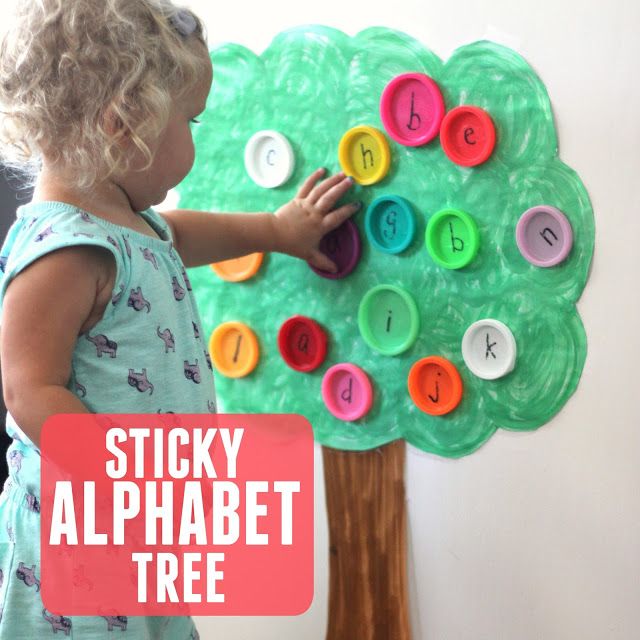 Evidently, these are three-dimensional, each face is square.
Evidently, these are three-dimensional, each face is square. - A slice/cube of cheese on their favorite Pizza can help them identify the shape
Learning new notions seldom starts at home. Taking this as an added edge, parents can guide toddlers to indulge in some home chores, making them grasp the square finer.
1. Sandwich Saucing:Kids often love having sandwiches in their meals. Parents may ask them to apply or pour sauce on it in a square shape and then apply it evenly. This makes them draw squares, implicitly practicing it.
At the time of cloth folding, parents can indulge their kids as well. Give them the handkerchiefs to fold. Try asking them to identify napkins by their shape and let them fold them. Wait for them to notice that these are still square after being folded. If not, try to remind them about the same.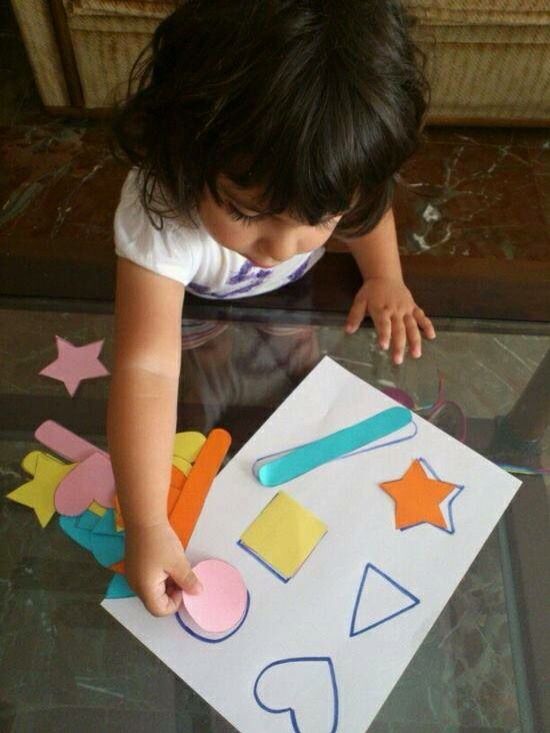
Parents can ask the help of kids to make their favorite cookies at home by assisting in activities like giving shapes to the dough. They may ask little ones to prepare a square-shaped dough to be baked and see if they could realize and prepare.
Not only in sandwiches, clothing, or doughing but random questions can also be asked anywhere. For instance, while watching movies, parents may ask kids to identify square objects in the scene. These questions stipulate their subconscious mind to stimulate notions learned.
5. Finding squares in the room: Parents, guardians, and educators can ask children to find a particular square object in the room. For example: Can you look for a square cushion in this room? Or maybe, can you find the square diary? This will help children identify and grow their consciousness about the square shapes in the room and the house.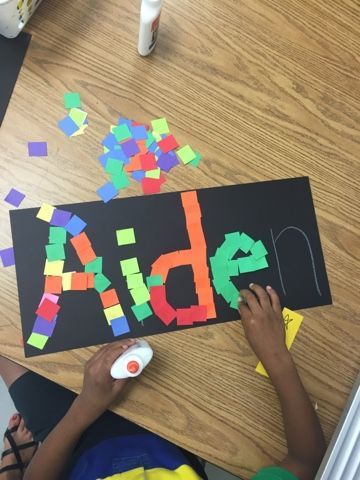
Remember to appreciate your toddler every time they get something right. For example, whenever they pick out the square correctly, clap or smile and praise openly. Make wall art out of the creative works produced as part of the experience. Once they have identified the square shape correctly, it is good to mix in a few shapes and test whether they can recognize the square from other shapes. Keep a watch out for our posts to learn how to teach your preschooler even more things in fun ways.
Educational activities for children 2–3 years old
At the age of two or three years, a child actively explores the world around him, learns to talk and communicate with adults and peers. During this period, his personality begins to form. Therefore, parents need to pay special attention to the development of speech, thinking, social skills.
Contents of the article:
- Classes for the development of logical and mathematical thinking
- Lessons for the development of speech
- Gross and fine motor activities
- Classes on the study of the properties of objects
- Getting to know the outside world
- Output
Classes for the development of logical and mathematical thinking
The thinking of two and three year olds is clearly effective.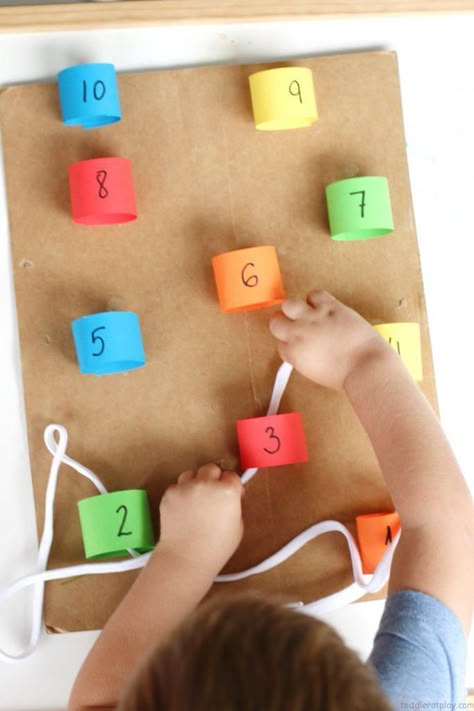 The ability to think logically implies the ability to analyze, compare and generalize. You can develop logic and teach your little one basic math skills with the help of the following exercises.
The ability to think logically implies the ability to analyze, compare and generalize. You can develop logic and teach your little one basic math skills with the help of the following exercises.
✅Comparison
Take a handful of buttons or other small items and divide them into two unequal piles. The child must determine which pile has a lot of buttons, and which has few. If he does not see the difference between the concepts of "a lot and a little", explain to him what it is.
The second variation of this exercise is the value comparison. Take several objects or toys of different sizes. Ask the baby to show where the small objects are and where the large ones are.
✅Score
Children at the age of two or three are not yet familiar with numbers. It is better to master the counting skill on surrounding objects or on the fingers. Teach your child to show his age on his fingers, tell him how old he will be in a year, two, three.
It is convenient to use counting sticks or any other items for counting.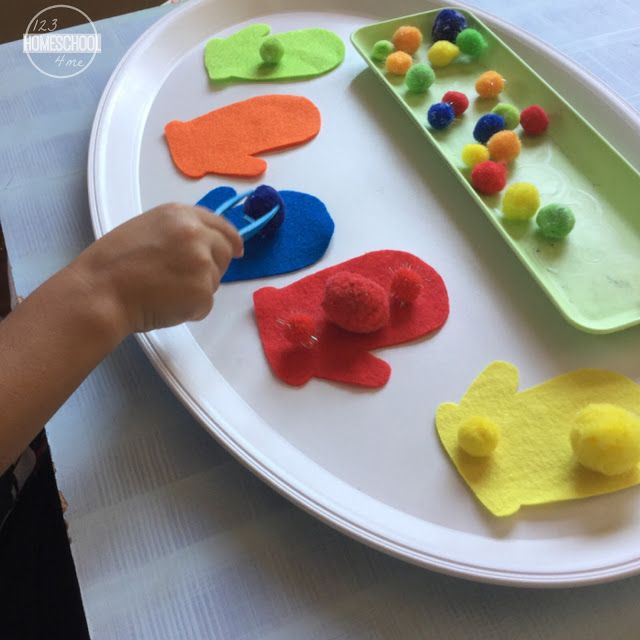 Climbing the stairs with your child, count the steps, passing houses - windows, walking along the alley - trees or lampposts.
Climbing the stairs with your child, count the steps, passing houses - windows, walking along the alley - trees or lampposts.
✅ Hidden Object
Hide the toy in the room and ask your baby to find it. Help him by suggesting places to search - under the sofa, behind the armchair, in the closet, etc. Then you can switch roles - the child hides the toy, and you are looking for it.
Speech development classes
Between the ages of two and three, children experience a significant leap in speech development. Their vocabulary is replenished very quickly. Having become acquainted with a new word, children bring it into their vocabulary and begin to actively use it. Simple exercises will help develop speech skills.
✅Reading
The best way to develop speech is reading. Buy picture books for 2-3 year olds. Choose poems, fairy tales, nursery rhymes. It is useful for a child to listen to both prose and poetry.
When reading a fairy tale, ask your child questions about the plot. If he finds it difficult to answer, help him. Explain the meaning of each unknown word. Look at the illustrations in the book and discuss with your child.
If he finds it difficult to answer, help him. Explain the meaning of each unknown word. Look at the illustrations in the book and discuss with your child.
✅Singing
This fun activity encourages speech development and voice training. Sing with your baby children's songs with and without musical accompaniment. Children quickly memorize rhyming lines and a motive, and sing along with adults with pleasure.
✅Composing proposals
Think of the beginning of a sentence and ask your child to continue it. For example, "Mom bought today in the store ..." or "Black runs down the street ...".
✅ Discuss the events of the day
Discuss the events with your child every day. For example, “You and I went to the park today and fed the ducks in the pond. And in the evening, my grandmother came to visit and brought a delicious pie, ”etc. If the baby goes to kindergarten, ask him to tell you how the day went, what he did, what interesting things happened.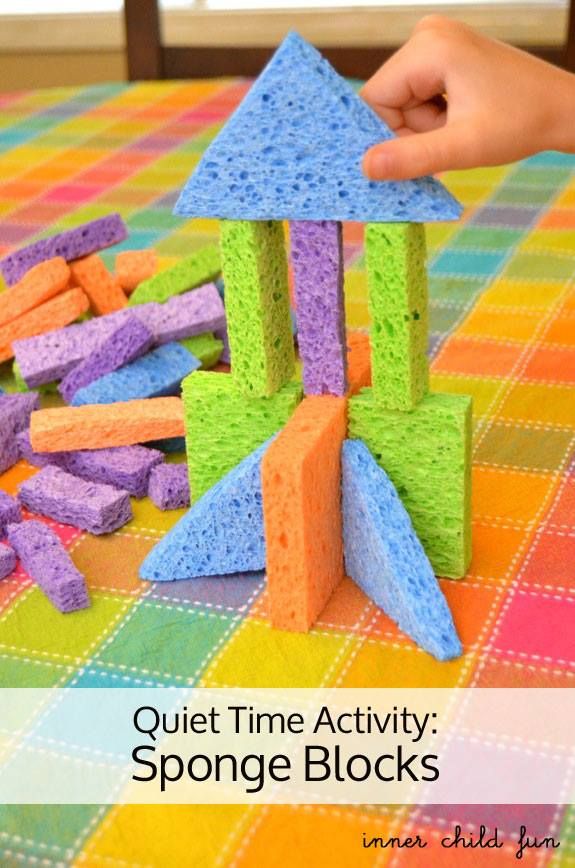
✅Describing objects
Take an object and ask the child to describe it, asking leading questions (What color is it? Is it big or small? What does it look like? What is it for? etc.).
At the age of 2–3, children still do not pronounce words well, many of them abbreviate and distort. Be sure to correct your child when they speak incorrectly. Of course, he still does not know how to pronounce all the sounds, so a clear pronunciation will not work. But still, try to teach the baby to speak as correctly as possible.
Classes for the development of attention
At such an early age, attention is involuntary. This means that the child does not yet know how to concentrate it by willpower. His attention is attracted by what is of interest (a bright toy, the sound of music, people around him). Attention, like other mental processes, can and should be developed.
✅Search for an object
Take a picture with a story and ask the child to find a certain object or character in it.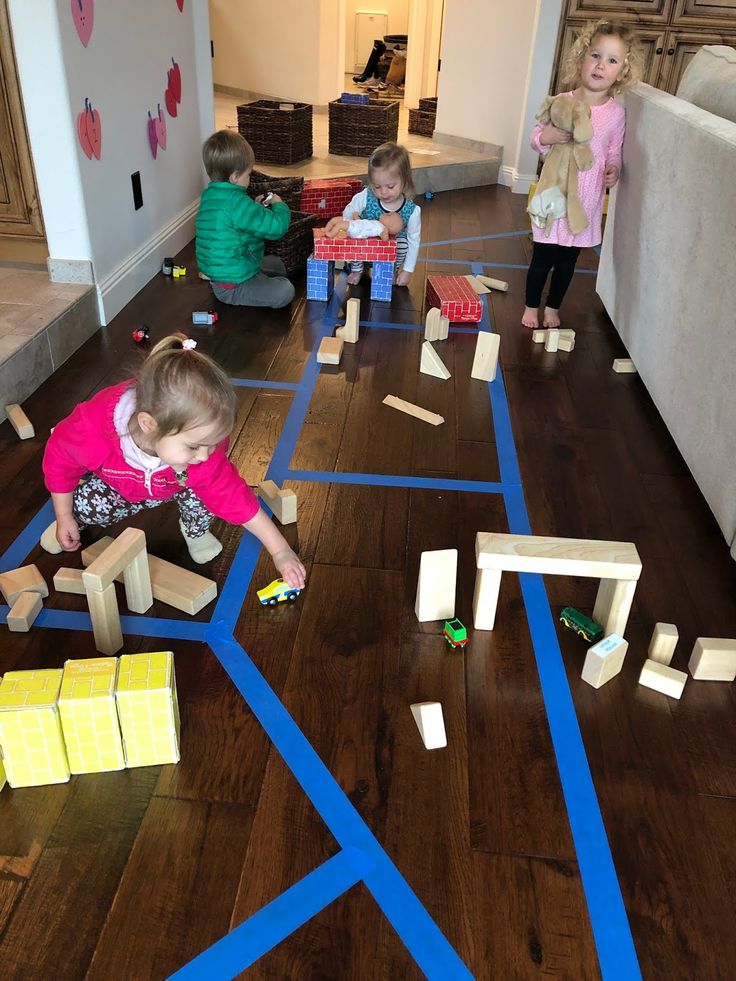 The same exercise can be performed outdoors. Ask the baby to show a flower, a red car, a cat, a girl in a green jacket, etc.
The same exercise can be performed outdoors. Ask the baby to show a flower, a red car, a cat, a girl in a green jacket, etc.
✅Similar Detection
Take an object, such as a book, and ask the baby to look around the room for things similar in shape to her. It can be a phone, a tablet, a picture on the wall. You can search for objects that are similar not in shape, but in color, size and other features.
✅Finding the Missing Item
Take some toys, arrange them on the table and ask your child to look at them carefully and memorize them. Then he should turn away or leave the room, and at this time you remove one toy. The task of the child is to determine which toy has disappeared.
Classes for the development of gross and fine motor skills
Finger motor skills are directly related to cognitive processes - speech, memory, thinking. Therefore, it needs to be developed. There are many exercises for this.
✅ Games with small objects
Invite your child to sort the buttons by size, string large beads on a string, roll the balls in his hands. Be careful not to put a small object in your mouth, nose, or ear.
Be careful not to put a small object in your mouth, nose, or ear.
✅Construction set and jigsaw puzzle
Buy your child a construction kit or jigsaw puzzle for kids and build with him. This exciting activity strengthens the small muscles of the hand, makes the fingers more dexterous, trains attention and imagination.
✅Sculpting
Sculpt with your child various figures from clay, plasticine or salt dough. To make the lesson more interesting and exciting, read a fairy tale or watch a cartoon, and then try to make a character you like.
✅Finger games
Not only babies love to play finger games. Toddlers aged two or three love them too. Teach your baby to fold fingers into different shapes:
- fold your thumb and forefinger into a ring and bring it to your eyes - you get glasses, and if you use all your fingers - binoculars;
- clench the hand into a fist and stick out the index finger and little finger - these are the horns of a goat;
- "Step" with your index and middle fingers on the table, representing the legs.
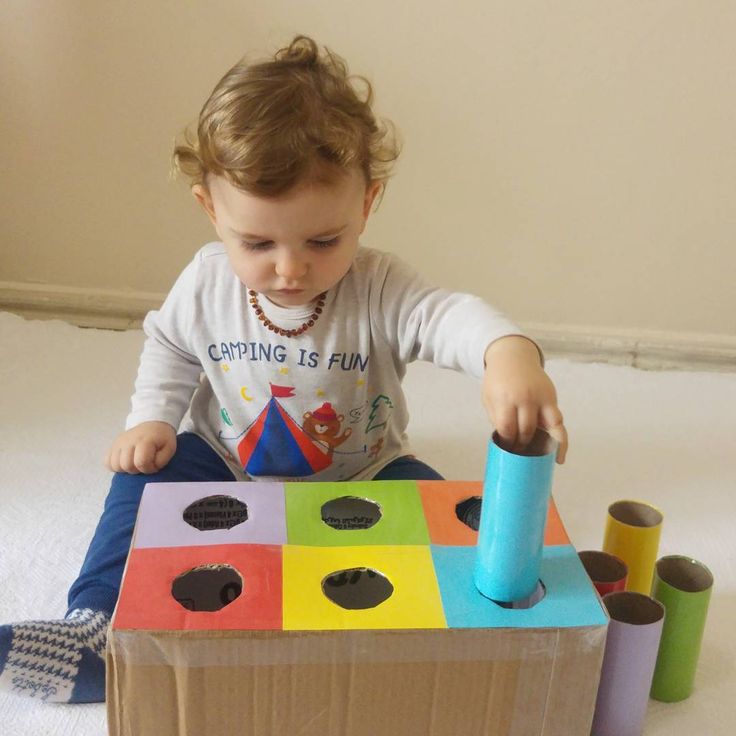
Invite your child to show their imagination by inventing and putting together unusual shapes from their fingers.
Gross motor skills are developed by ball games, cycling, jumping, wall bars and any physical activity. Teach your child to fasten and unfasten buttons, Velcro, hooks on clothes, put on and take off things on their own.
Classes for the development of intellectual abilities
Reading, music, creative work, solving logical and mathematical problems contribute to the development of the baby's intellect.
✅Drawing
Invite your child to draw a house, himself, mother. Set a theme for the picture, tell the child what details can be added to it. For example, a house can be surrounded by trees, the sun and clouds can be depicted in the sky.
✅ Role-playing games
Make up a story, choose the right toys and play it out with your baby. For example, a doll is sick: you need to put her to bed, take her temperature, give her medicine in a spoon.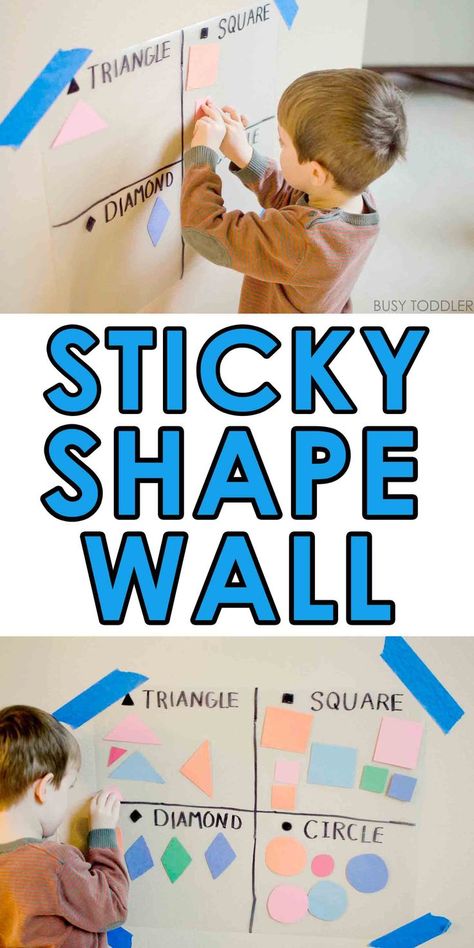
✅Music
Listening to classical music has a positive effect on the mental development of children, and also brings up a sense of beauty in them. It is useful not only to listen to music, but also to dance to it. This has a positive effect on both mental and physical development.
✅Puzzles
Collecting puzzles trains attention, thinking, memory. Buy your child large puzzles with a small amount of detail and a clear image. First collect them together with the baby, and then invite him to do it on his own.
✅Sorting items
Shuffle the cards with different items and ask the child to sort them into categories, eg vegetables, fruits, clothes, furniture.
✅Riddles
Riddles are good for training the intellect. The main thing is to select tasks that are age-appropriate and understandable to the child.
✅Sunny bunny
On a clear day you can play with sun bunnies. Take a mirror and start letting bunnies on the ceiling, floor, walls.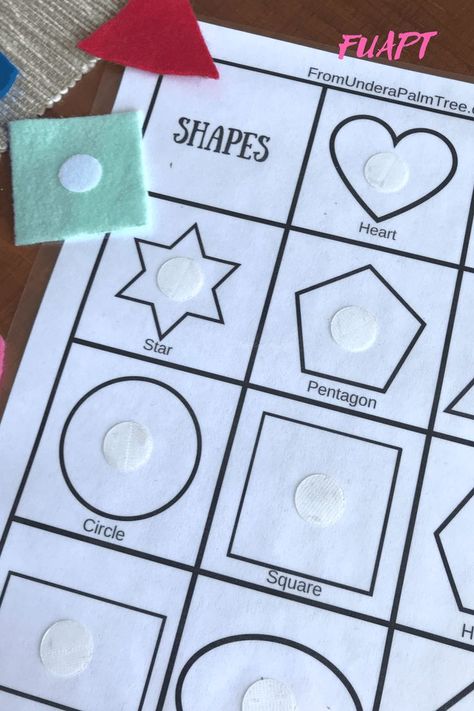 Then give the mirror to the child and let him try it himself. Coordinate his movements, suggesting how to catch a ray of the sun and direct it in the right direction.
Then give the mirror to the child and let him try it himself. Coordinate his movements, suggesting how to catch a ray of the sun and direct it in the right direction.
Classes to study the properties of objects
Learning the properties of various objects develops the thinking of the baby, helping him to understand how and for what this or that thing can be used.
Teach your child to compare objects according to the following criteria:
- size - big, small, tall, low, long, short;
- state - hard, soft, liquid, warm, cold;
- shape - round, square, rectangular, etc.;
- color.
Anything can be used as a "learning tool".
- Pour cold water into one glass and warm tea into another and ask your child how they differ (color, temperature, taste).
- Sew a few fabric bags (you can use old socks) and fill them with sand, beans, small stones, balls, etc.
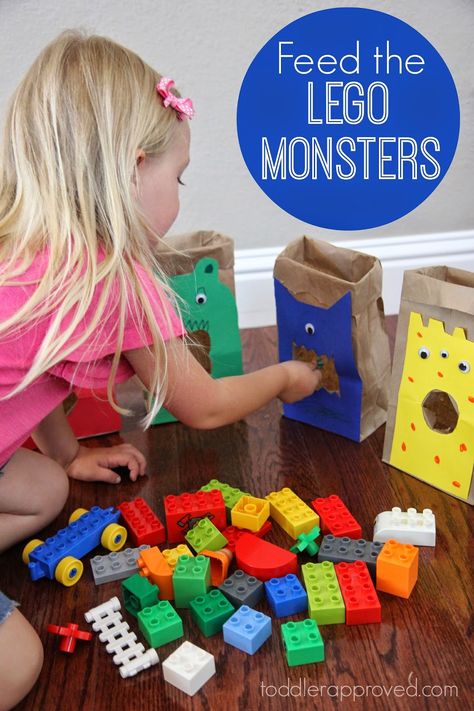 Let the child try to feel what is in each bag.
Let the child try to feel what is in each bag. - Buy a sorter - a special container with slots in the form of different geometric shapes and a set of matching inserts. The task of the child is to choose the right figure for each hole.
- Invite the baby to feel different materials - leather, fur, silicone, wood. Let him tell you how they differ (fluffy fur, smooth skin, etc.).
Getting to know the outside world
The scope for exploring the outside world is very wide:
- Animals. Tell your child which animals are domestic and which are wild, in what conditions they live, what their cubs are called. If you have the opportunity to visit the zoo, be sure to do it.
- Plants. On a walk, pay your baby's attention to the trees, flowers, shrubs growing around. Tell us what they are called, which ones are fruit. Collect the leaves and look at them with your baby.
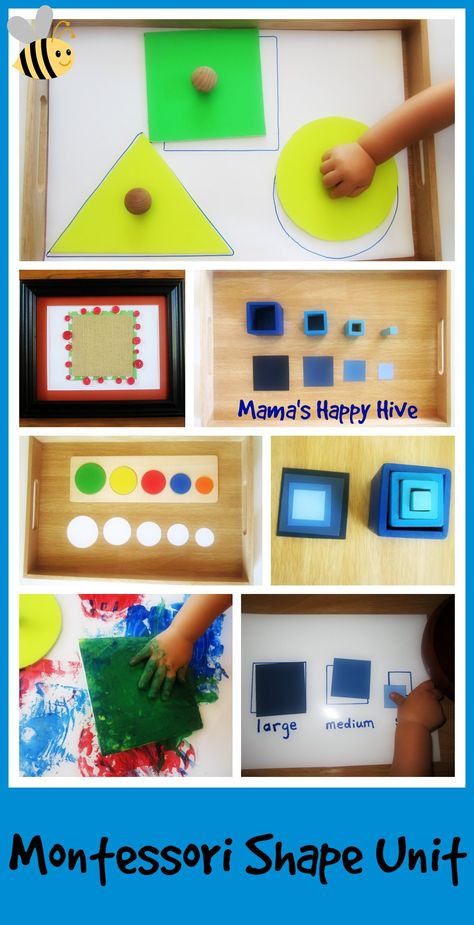
- Natural phenomena. Tell your child about different natural phenomena, the change of seasons and the weather. By the age of three, the baby should already know the name of the seasons and their main features.
- Materials. Tell your child about the materials from which various things are made (wood, metals, fabrics, paper, plastic).
At the age of two or three years, learning takes place in the form of a game. The main thing is to interest the child, and then he will be happy to study. Try to spend as much time as possible with the baby, do not dismiss his questions, but always answer them.
Invite the baby to help with the housework, give him small tasks (bring bread to the table, pour food for the cat, put away toys). Daily activities contribute to the development of independence and discipline.
Withdrawal
Child development centers and kindergartens "Baby Club" conduct classes for children of younger and older preschool age.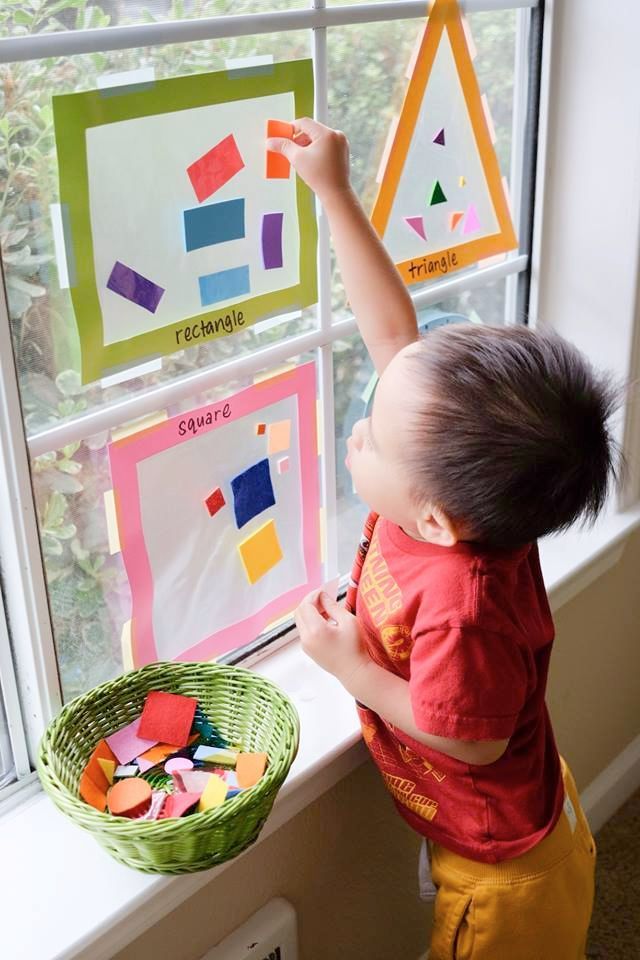 Experienced teachers will help to reveal the abilities of your baby and teach him useful skills. We have general and individual development programs. Sign up for a consultation and come to a trial lesson. We look forward to seeing you and your child!
Experienced teachers will help to reveal the abilities of your baby and teach him useful skills. We have general and individual development programs. Sign up for a consultation and come to a trial lesson. We look forward to seeing you and your child!
20+ Montessori activity ideas for 2-3 year olds
According to the periodization of the development of Maria Montessori, the peak of activity in various directions occurs in children just at the age of 2 to 3 years. Toddlers actively learn speech and movement, learn to interact with a variety of objects, learn patterns and become sensitive to order, and also begin to expand their circle of acquaintances and make their first friends.
All this means that it is at this age that it is important to organize all sorts of activities and games for children for harmonious development.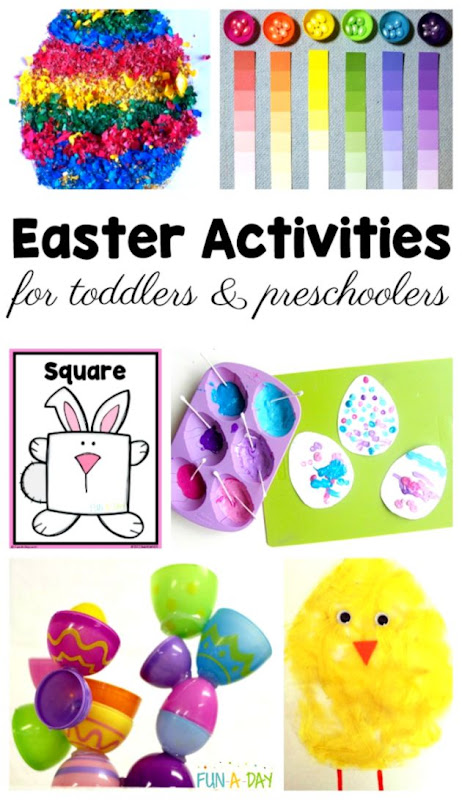
The motto of Montessori philosophy is "Help me do it myself." The task of adults is to inspire children to independent discoveries and achievements, because our crumbs can do much more than it seems at first glance.
When planning Montessori activities for children 2-3 years old, the following rules should be followed:
- Classes should be aimed at increasing the independence of the child,
- Use different senses,
- Include elements useful for the development of fine and gross motor skills,
- Consider the interests of the child and be used only at his request,
All Montessori activities should be presented to the child in advance, located in an accessible place for him (on a low shelf) and be accessible without the help of adults (however, exercises with small objects should be offered only when you have time to follow the baby).
Montessori toys for children to develop a sense of order for 2-3 years
Such exercises help the baby understand the principles by which our world exists, mainly here we work on sorting and classification.
Pair Matching - Montessori Activities for 2 3 Years Old
Pair Matching can be used very widely with children:
- Have your child sort their own socks and gloves,
- Print pictures of animals and offer to match the picture and available toy models (the same can be done with your favorite cars, flowers, building models, etc.)
- Offer to find paired cards (colors, images, textures),
- Use special Montessori materials for 2 years and over
Sorting - complicated Montessori developmental games for children from 2 years old
When the baby has mastered the pairs, you can move on to a more complex option - sorting.
- Sort cards of different shades by color (you can cut pictures from magazines, scraps, colored cardboard, or you can purchase a ready-made Montessori set),
- Remember Cinderella and offer to sort out different types of cereals. First, it is better to take larger grains: beans, chickpeas.
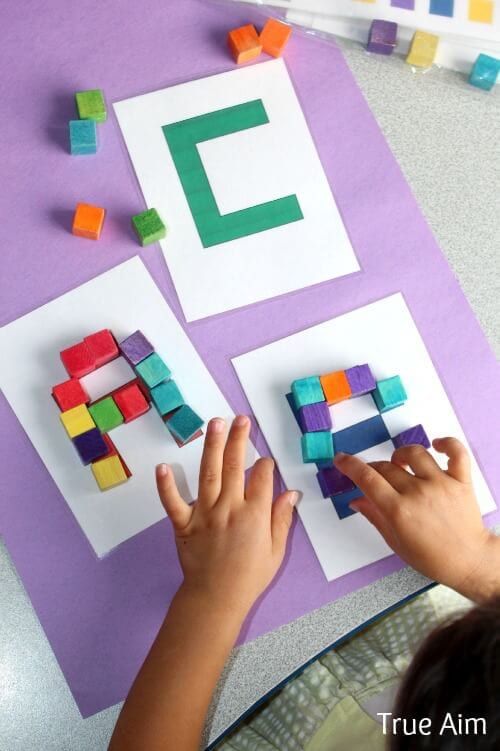 Children's breakfast cereals with their cereals, pillows and rings can also be convenient,
Children's breakfast cereals with their cereals, pillows and rings can also be convenient, - Sort out the box with grandmother's buttons by shape, colors or number of holes (you definitely have one!),
- Ask your child to arrange the cutlery,
- Offer to clean up the kitchen and put all the cylinders and balls in one direction, and the cubes and boxes in the other,
- Rewind the salad: cucumbers to cucumbers, tomatoes to tomatoes, and so on
Montessori sequencing for children aged 3 and under
- Lay out cards with simple stories and ask the child to remember the correct sequence of events,
- Use Montessori cylinders to help your child learn the concepts of less-more and lower-higher,
- Learn simple self-care activities by breaking them down into steps. So you can master brushing your teeth, taking a shower, caring for animals, fees for kindergarten
Montessori toy for children 2-3 years old for fine motor skills
Small hands do not obey as well as adults, and finger coordination is the key to brain development.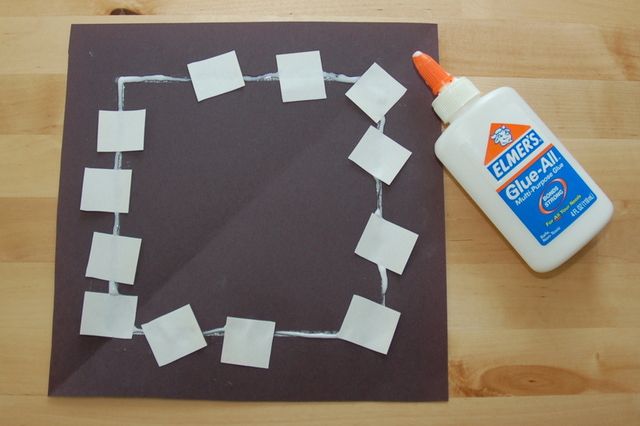 That is why fine motor skills are given great attention in preschool pedagogy.
That is why fine motor skills are given great attention in preschool pedagogy.
Simple lacing is a great Montessori activity for kids aged 2+
- Did your parents buy new shoes? First, invite the baby to deal with lacing. Children's shoes may be too small for getting to know the laces, so older ones can help,
- You can purchase a beautiful Montessori lacing kit,
- Make a necklace or bracelet out of string and large wooden beads,
- Master the art of weaving together with your baby: weave a rug from large patches, or maybe you have enough patience for a whole bag,
Pouring water and playing with small objects - Montessori children's activities that delight children 2-3 years old
- Don't be afraid to invite children to pour their own water from a jug. Yes, maybe a few glasses will end up on the floor, but after a couple of times the baby will master this task without any problems and will be able to maintain a drinking regimen himself (do not forget to offer the child a rag or mop in case water spills),
- Make the most of bathing: children can spend hours in the bath with molds and toys, and this activity is extremely beneficial for their development,
- Pour small cereals into a bowl, give the child a spoon or scoop and offer to pour it into another container (the width of the neck will set the complexity of the whole lesson),
- Have your child sort small objects (coins, pompoms, peas, shells or pebbles) using the tweezers,
Introduction to literacy and math - interesting Montessori games for toddlers 3 years old
If your child is already starting to show interest in letters and numbers, the games below can be a great start to learning to read and write.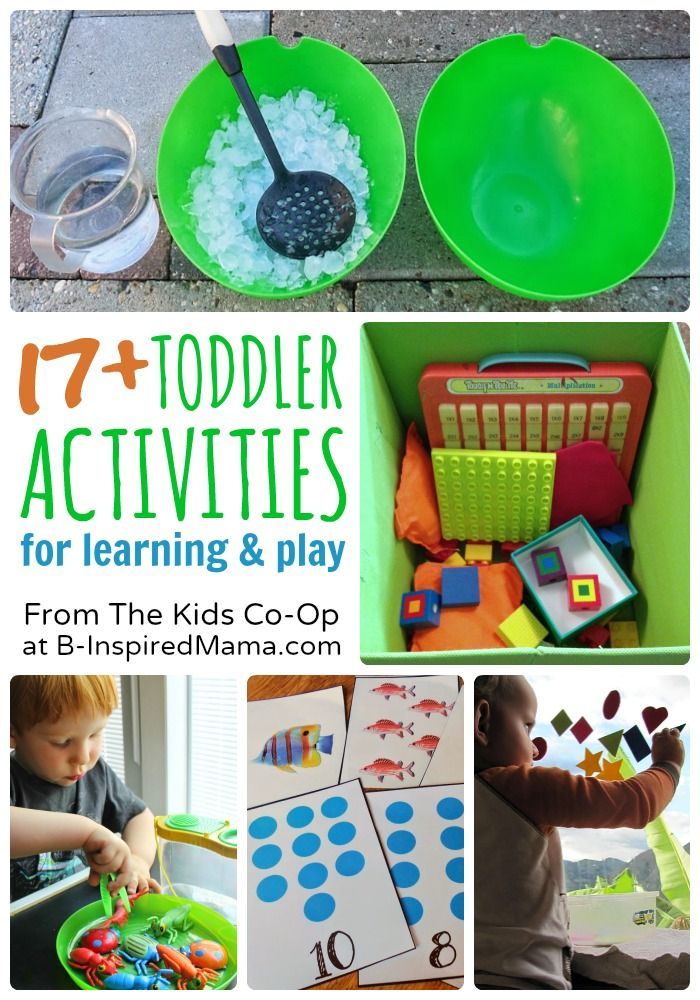
- Create letter and number bags filled with cereals and other fillings. With the help of these bags it will be possible to search for the first letters in words and come up with different games that introduce the child to phonetics,
- Make a pair of sets of letter and number cards and use matching tasks,
- Reusable letter outlines can be useful for teaching writing, they can be traced with finger paints, plasticine and, when the hand is ready, with a pen,
- You can also make images of letters and numbers with a rough surface: this can be done with glue and sand. So the child will quickly remember the outlines of the symbols,
- Sets are great for learning to count, where you can pick up the right number of objects or points for each number. This is necessary so that the child from the very beginning understands the meaning of the numbers
Montessori sensory development for children aged 2 and over
- Gather objects of different sizes, shapes and textures in an opaque bag and invite your child to recognize them by touch,
- Get Montessori musical instruments and sound cylinders: teach your baby to feel the rhythm and pitch, offer to match pairs, distribute sounds in order,
- An excellent exercise for the development of visual analyzers will be the free work of children with materials for creativity: gouache, finger paints, watercolor, colored sand, plasticine,
- Sometimes you can find slimes and all kinds of jellies in stores for children, they can also be used to diversify the sensory experience
Montessori educational games for children of 2 years old to gain everyday independence
These exercises should rather be called a rational organization of space for children, which will help them master all the actions to take care of themselves and their belongings as quickly as possible:
- Help your baby learn how to dress himself: you can hang a funny pattern on the wall, you can make stickers on clothes and shoes to help your child find the right side,
- Put on one tray everything you need to clean up when you wake up and before going to bed: a comb, toothbrush, toothpaste, a glass of water.
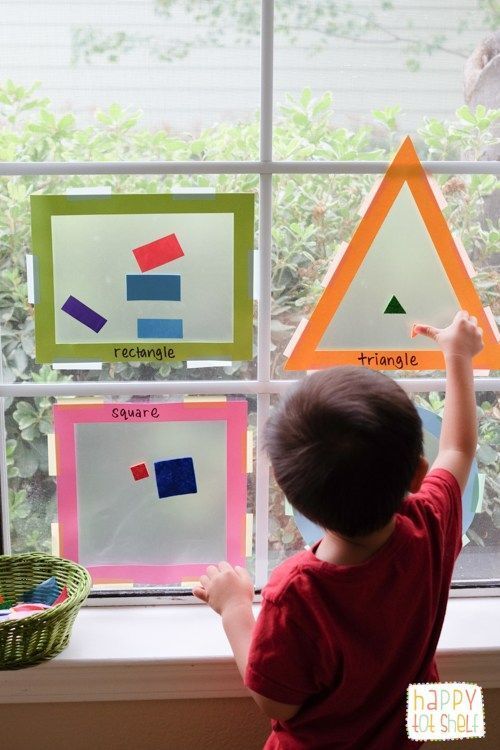 Let the baby first use all these items himself, and only after, if necessary, provide assistance.
Let the baby first use all these items himself, and only after, if necessary, provide assistance. - Some particularly stubborn fasteners can be attached to a work surface and made into a kind of business board on which the baby can practice skills so that buttons and zippers do not cause problems for the child later,
- At the same age, it is worth teaching the child to wash their hands with soap correctly, hang a reminder on the door or choose a rhyme that will remind the child to wash their hands after the street and the toilet.
According to the Montessori method, children of 2 years old can start to entrust general household chores.
- Teach your child how to use a spray bottle and offer to clean the windows (make sure they are closed properly!) or the mirror. Make sure that the child does not come into contact with aggressive household chemicals,
- At the same age, you can teach your child to wash dishes - first, just rinse the plates and cups in water, and then use a sponge,
- Sorting laundry is a great task for kids: ask your little one to separate whites from colours, cottons from wools, or just divide the laundry into several baskets,
- The kid can start and set his own table.
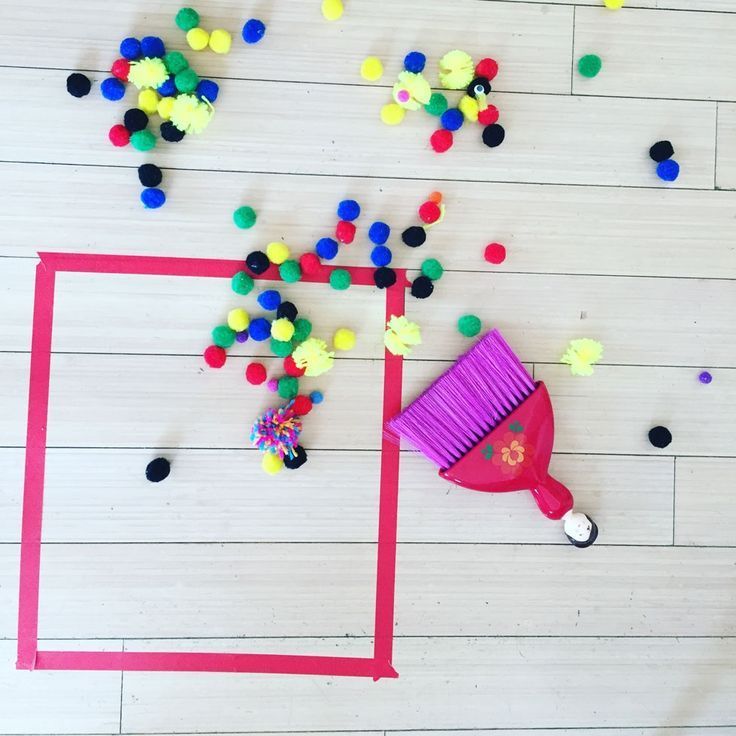 To learn the location of cutlery and utensils, you can offer your child a special rug with silhouettes, it will also protect the table from dirt,
To learn the location of cutlery and utensils, you can offer your child a special rug with silhouettes, it will also protect the table from dirt, - Let your child take part in decorating the house: put flowers in a vase, clean pet bowls, sweep the floor with her own small broom, arrange photo frames,
- It is good for developing gross motor skills to have the child roll out the carpet whenever he wants to play on the floor and roll it up when the game is over. Make sure the rug is not too heavy for the child.
Conclusions
The Montessori method for children from 2 years old offers a huge selection of activities and allows you to adjust to the interests and character of each child. For the harmonious development of the baby, try to offer the child activities from different blocks, and also make sure that the child always has a choice of what to do.
Any of the activities suggested here can be adapted to suit any child. An active fidget can be offered to run around the whole yard in search of items on the cards, and a slow homebody can from time to time make the task easier and bring materials in a basket.